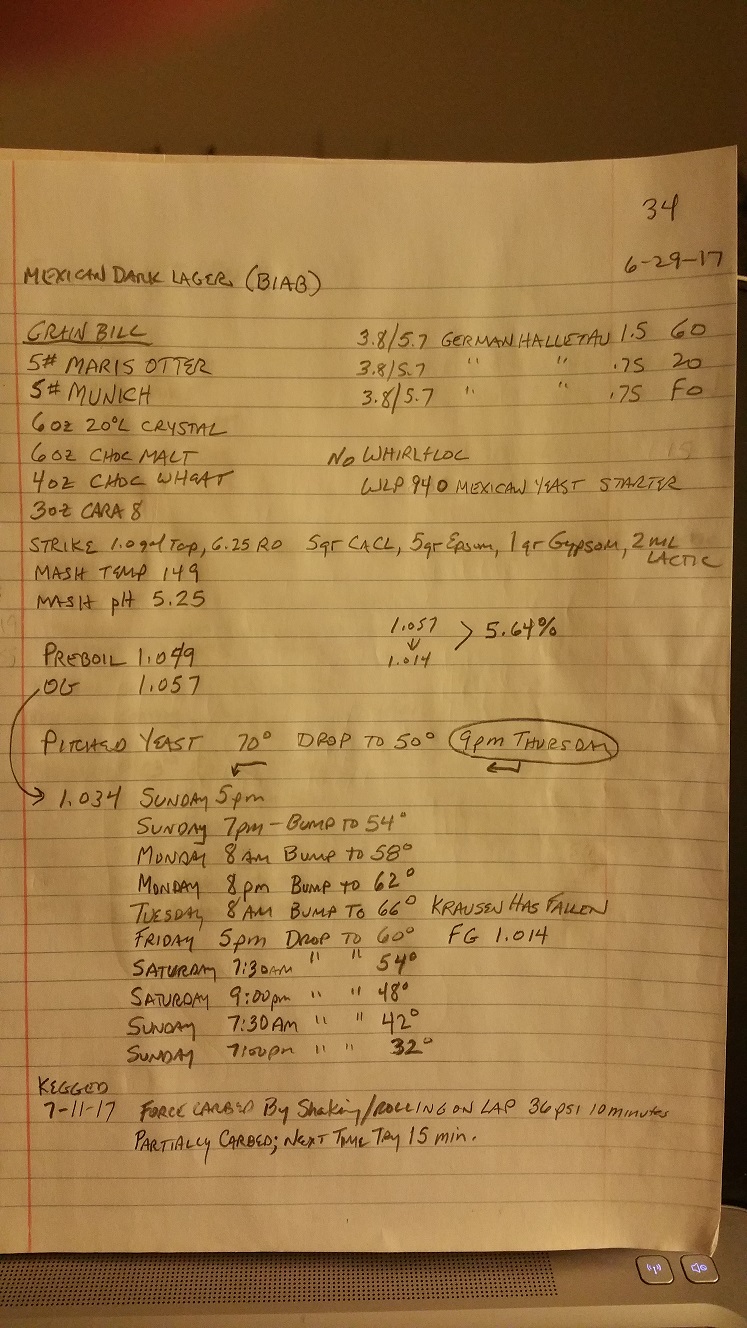I am only 8 brews deep into my young brewing career. The first brew was extract. After that I moved to all grain and made my own recipes. So far, I’ve only enjoyed the beers myself. I thought all but one of my beers were great and the one that wasn’t great was still pretty good. But I’m biased. I made the beer so of course I like it.
This weekend we hosted a Christmas party for my wife’s family. It’s the first time I’ve shared my beer with anyone, and I was confident, but quite nervous. Her family is the type to tell you exactly what they think, and they did. They told me my beer was just as good as any craft beer they’d had, and left me with the empty kegs to prove it!!!
That brings me to my equipment question. If you saw my equipment, you would laugh. I have one 10 gallon pot, a propane burner, and 72 quart rectangular Coleman cooler mash tun. I ferment in a plastic bucket and have a small chest freezer for temp control as I mostly brew lagers. My plastic bucket doubles as my hot liquor tank. How in the world can I expect any consistency when I brew a recipe for the second time? I need some advice on upgrading my equipment to where I can confidently reproduce my beers.
Sure, I could go out and buy a brew magic or some other system, but I’d like to keep any upgrades as budget friendly as possible(read cheap). So, how do you achieve consistency in your brews?
This weekend we hosted a Christmas party for my wife’s family. It’s the first time I’ve shared my beer with anyone, and I was confident, but quite nervous. Her family is the type to tell you exactly what they think, and they did. They told me my beer was just as good as any craft beer they’d had, and left me with the empty kegs to prove it!!!
That brings me to my equipment question. If you saw my equipment, you would laugh. I have one 10 gallon pot, a propane burner, and 72 quart rectangular Coleman cooler mash tun. I ferment in a plastic bucket and have a small chest freezer for temp control as I mostly brew lagers. My plastic bucket doubles as my hot liquor tank. How in the world can I expect any consistency when I brew a recipe for the second time? I need some advice on upgrading my equipment to where I can confidently reproduce my beers.
Sure, I could go out and buy a brew magic or some other system, but I’d like to keep any upgrades as budget friendly as possible(read cheap). So, how do you achieve consistency in your brews?






